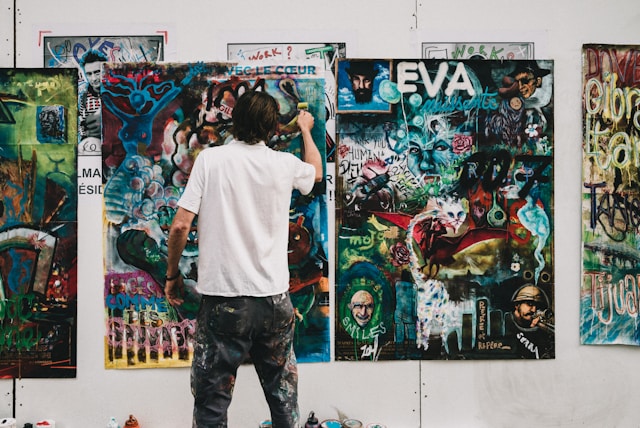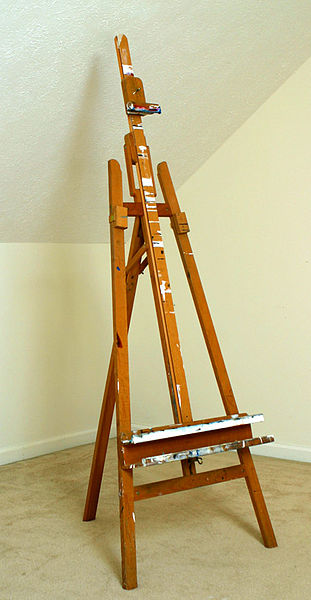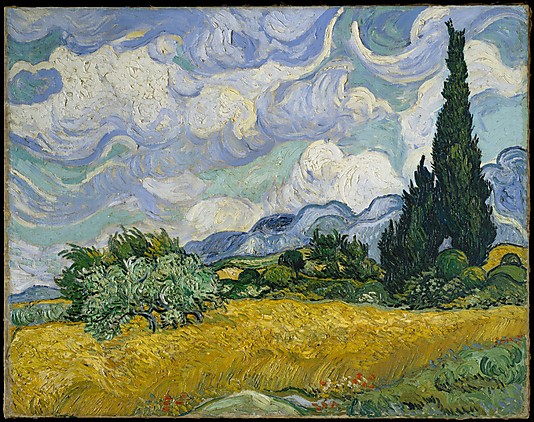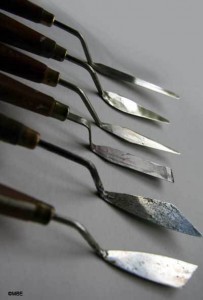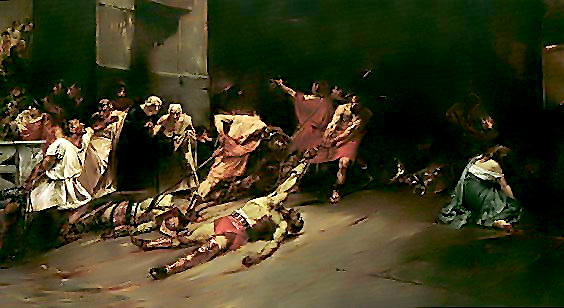How Austin’s Painters Connect with Clients
In the vibrant artistic community of Austin, TX, painters thrive on a diverse array of commission projects that fuel their creativity and sustain their livelihoods. From murals adorning city walls to personalized portraits capturing cherished memories, artists in Austin use various strategies to secure commission work and establish meaningful connections with clients.
Here’s how Austin artists find commission projects:
Networking. Start locally. Connections within the local art scene is important in establishing your mark in the industry. Austin boasts a rich cultural landscape teeming with galleries, art festivals, and community events, providing ample opportunities for artists to showcase their work and forge connections with potential clients.
By actively participating in exhibitions and engaging with fellow artists and art enthusiasts, painters can expand their professional networks and attract the attention of individuals seeking commissioned artwork.
Networking is also a great way to discuss about canvas suppliers, paint brands, and painting tips and techniques.
Social media. Everybody uses social media for personal and professional needs. Social media platforms such as Facebook, Instagram, and TikTok plays an essential role in connecting Austin’s painters with commission projects.
With social media, Austin artists share their portfolios, behind-the-scenes glimpses of their work in progress, and promote their services to a wide audience. Through strategic use of hashtags, targeted outreach, and engaging content, painters can cultivate an online presence that resonates with potential clients and generates inquiries for commission work.

Collaboration. Artists in Austin often collaborate with local businesses, organizations, and homeowners to bring their artistic visions to life through commissioned paintings and installations.
From coffee shops and restaurants to schools and community centers, establishments across Austin embrace the transformative power of art to enhance their spaces and engage with their patrons.
By proactively reaching out to businesses and pitching their ideas for custom artwork, painters can secure commission projects that not only showcase their talents but also contribute to the cultural fabric of the city.
Referrals. Satisfied clients serve as valuable source of commission projects for painters in Austin. They are often eager to recommend the artist to friends, family, and colleagues seeking similar services.
In addition to providing beautiful canvas art, artists maintain positive relationships with clients and provide good customer service since a sale of an artwork doesn’t end at the installation of the painting.
These are just a few ways how artists in Austin get commission work. In this thriving artistic hub, commission projects serve not only as opportunities for painters to showcase their talents but also as a tool for enriching the cultural tapestry of Austin.
